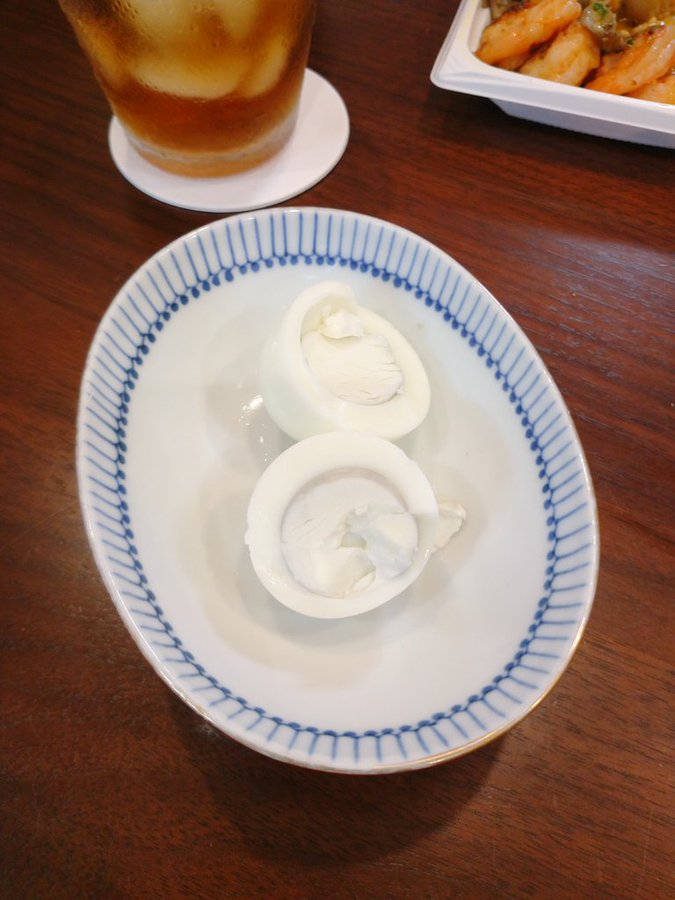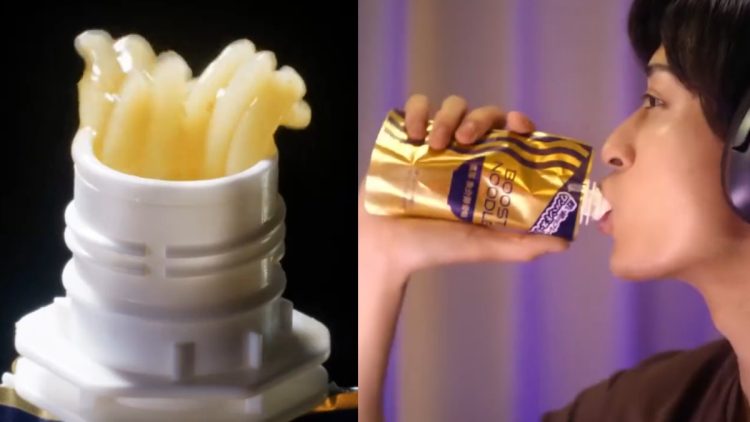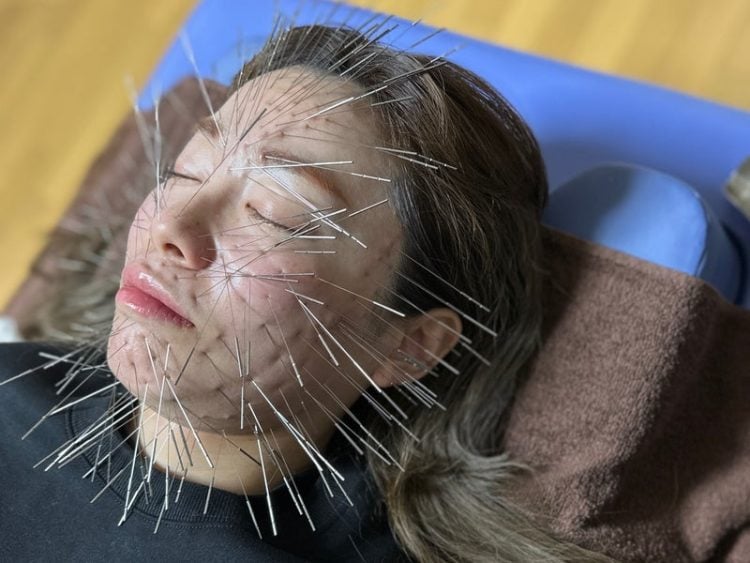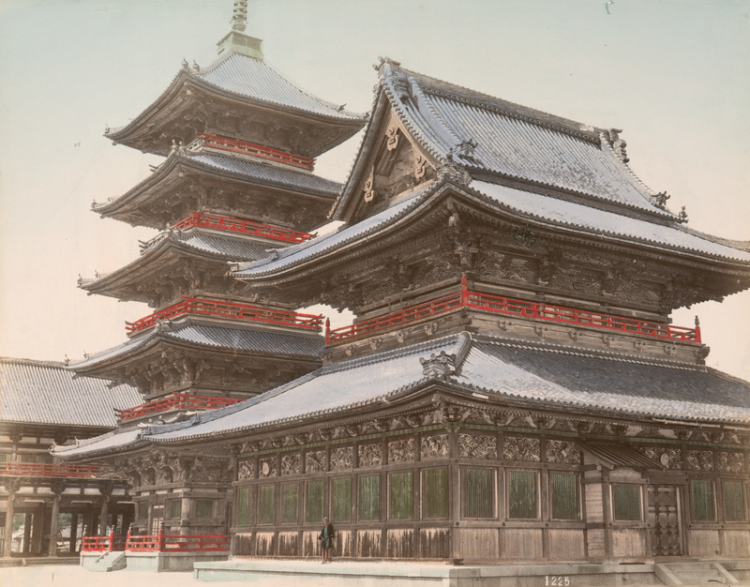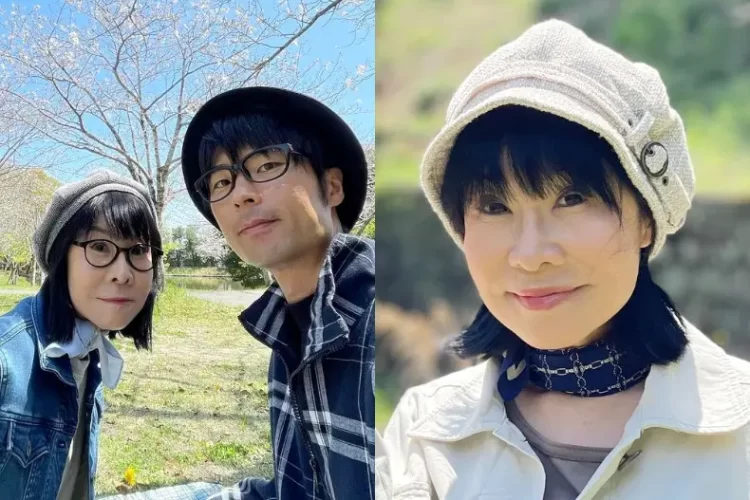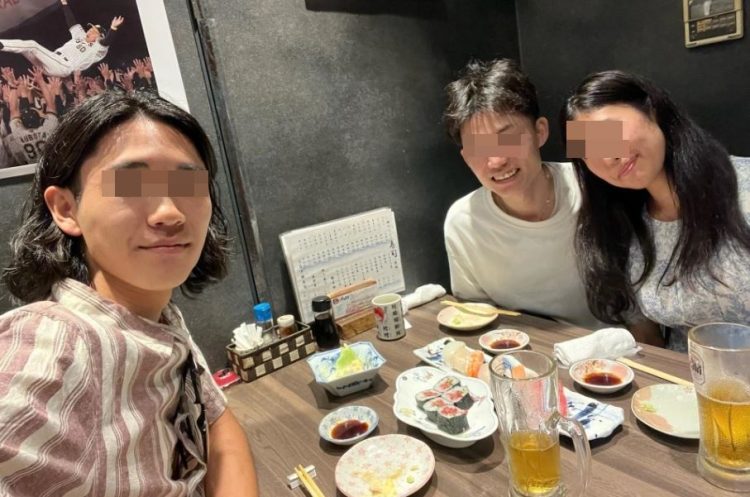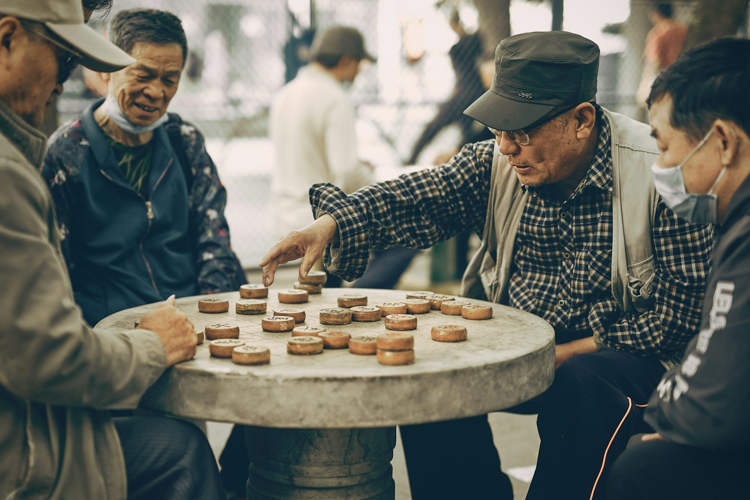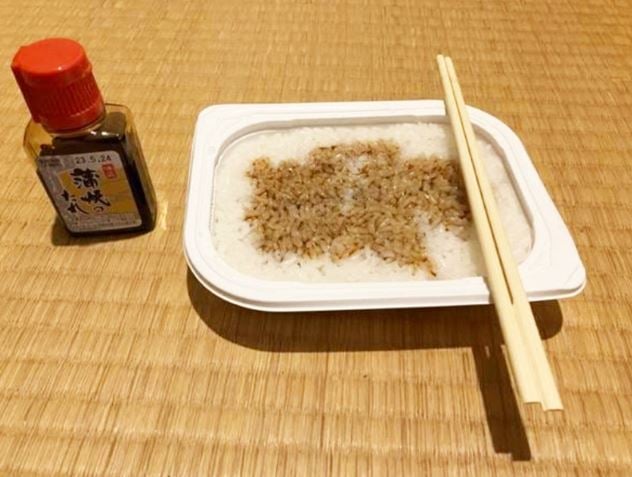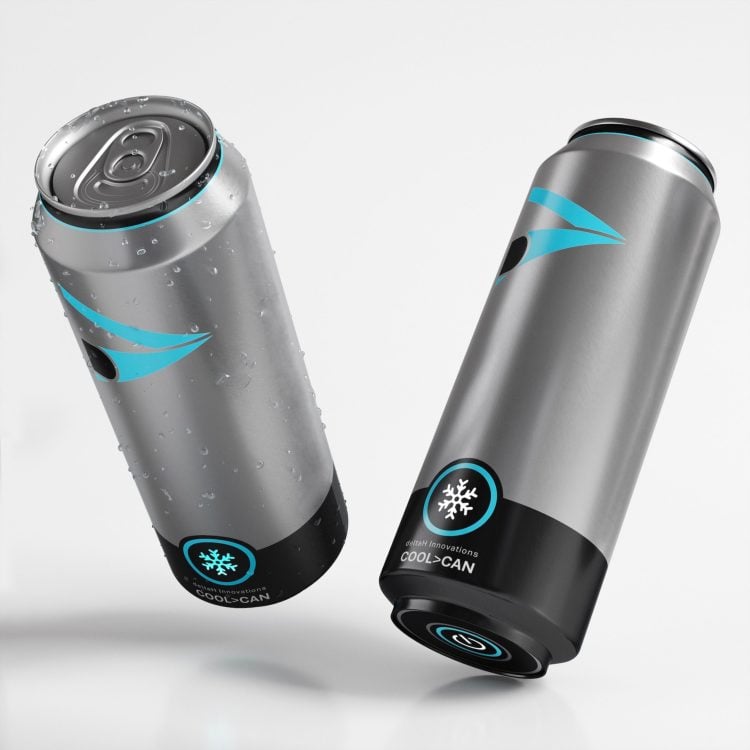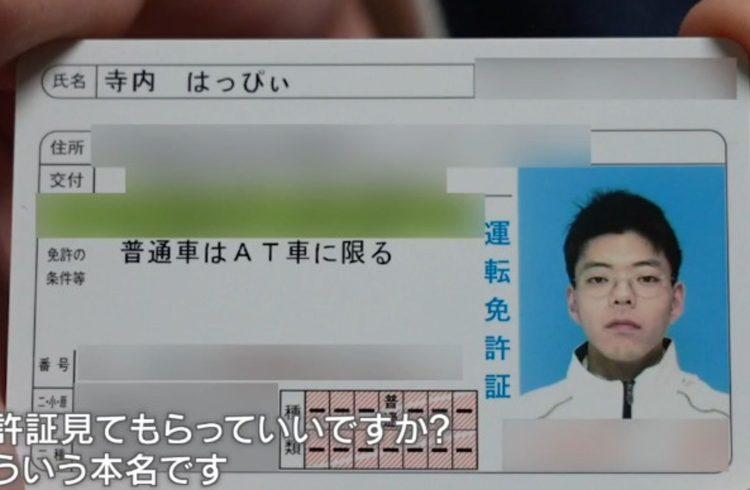A small Japanese clothing store has gone viral after its sign featuring a cute baby turned into a horror attraction due to the intense heat and sunlight over the last couple of years.
Hangai, a clothing and miscellaneous goods store in Nagahama City, Japan’s Shiga Prefecture, has had the same sign board for 10 years – an adorable baby with a speech bubble that reads “We have lots of good, cheap things”. However, last year, after a particularly hot summer, the sign changed into an eerie sight, with the baby’s eyes and mouth becoming pitch black. Due to the intense heat and direct sunlight, the dark colors of the sign became charred, creating a terrifying sight. Things got even worse this year, after another scorching summer. The heat made the once-adorable store sign even scarier, with the baby’s entire face now strangely dark, as if it had come out of a fire.



